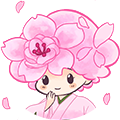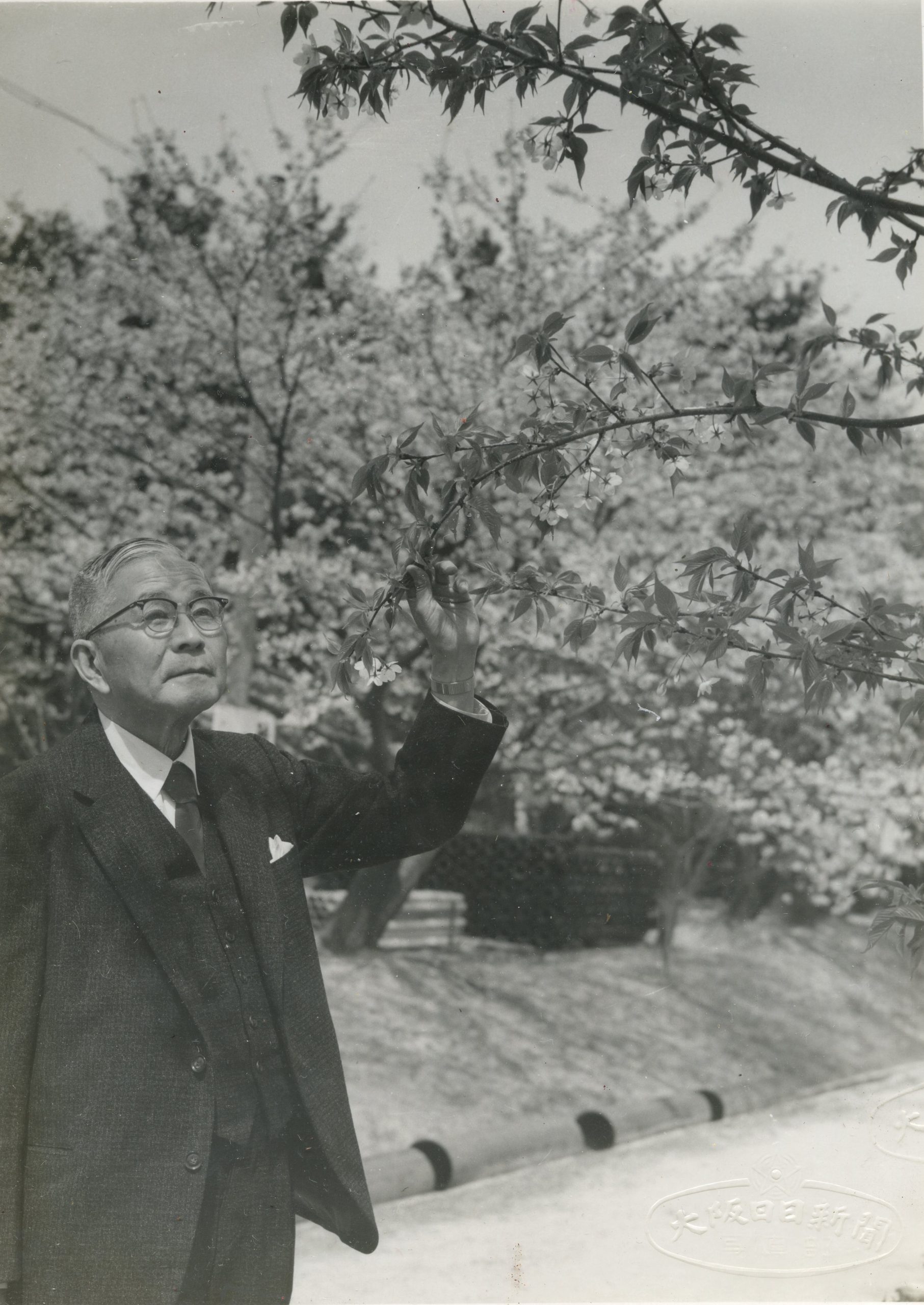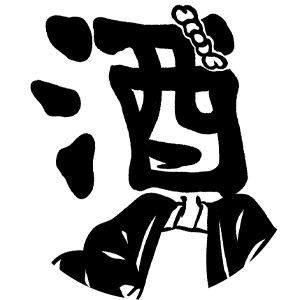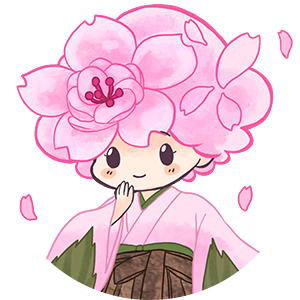On April 2nd, we gave a lecture to the alumni association of Osaka Kitano Prefectural High School. Sasabe Shintaro graduated from this school. The lecture was with regard to Sasabe and the Sasabe-zakura cherry blossom trees. The lecture can be viewed on YouTube (Japanese only). Sasabe also held lectures during his years of research on cherry blossom trees. In this post, we will introduce some of Sasabe’s lectures regarding cherry blossom trees.
-1200x880.jpg)
First, we will introduce some of Sasabe’s lectures, specifically the ones held at the company and public organization with whom he had worked. In 1937, Osaka Denki Kido Railway Co., Ltd (present-day Kintetsu Railway Co., Ltd.) entrusted Sasabe with the planting of cherry blossom trees along their railroads and at their amusement parks (Ikomasanjo Amusement Park and Kintetsu Ayameike Amusement Park). Sasabe was invited to speak freely with no time limit, and his lecture lasted for 6.5 hours! Sasabe also gave a lecture at Nara Park when he was entrusted with planting cherry blossom trees there. During that lecture, he set aside time to answer individual questions and interacted with the cultured people who were in attendance.
Next, we will turn our attention to another lecture by “the man of cherry blossom trees” titled “A Message of Condolence to the Cherry Blossom Trees”. Strange as it might sound, Sasabe wanted people to realize that Japanese cherry blossom trees were in dire circumstances. The lecture began by explaining that many old varieties of cherry blossom trees were being lost and replaced by a newer variety called Somei Yoshino. Not only weakened or diseased ones, but even healthy and growing varieties were being replanted to Somei Yoshino because Somei Yoshino grew faster and blossomed beautifully.
Sasabe’s criticism was that the people who were called “experts of cherry blossom trees” were not trying to learn the actual characteristics of each variety in order to nurture them. Instead, they disregarded the fieldwork and studied merely to get degrees, regardless of the possible practical use or application. Sasabe highly valued field study; he even owned an experimental forest of cherry blossom trees called “Ekiraku Sansou” as well as a seedbed.
As one example, Sasabe shared that someone once grafted a young branch on a beloved 150-year-old cherry blossom tree in order to rejuvenate it. Although it received a great deal of attention from the media, the old tree withered soon after the young branch was grafted.
Sasabe concluded the lecture by saying that he didn’t actually want to give a message of condolence to cherry blossom trees, rather he wanted to make it an opportunity for people to reconsider the way they thought about the trees. He wanted them to take action to nurture the trees as he had been trying to do.
With his passion and the knowledge he acquired through fieldwork, Sasabe was involved in many projects with regard to cherry blossom trees. Such dedication is what has made people call him “the man of cherry blossom trees”, not merely an expert.
-831x1200.jpg)
In the Sasabe Sakura Reference Room at Kinen-kan, a new exhibition will begin on July 16th, featuring the projects related to cherry blossom trees which Sasabe was involved in, during the period where cherry blossom trees were in dire circumstances in the early 20th century. Please visit the museum to see Sasabe’s accomplishments.


呉春〈花字蝶図〉-scaled.jpg)
-scaled.jpg)




Let’s enjoy Sasabe san’s collection together through the articles!